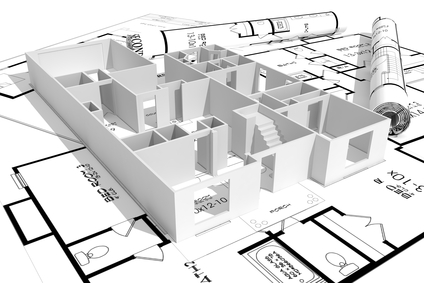Imagine you’ve hired someone to build your dream home. Before the first piece of lumber is bought, you need to know the floor plans, the budget, and you need to have some idea of the timeline.
This information is part of your project’s scope.
The scope sets boundaries. They aren’t open-ended. You have a defined project with a set budget and timeline. There simply has to be an end to the project or it will never get done.
Whether you’re building a house or creating custom software, the scope of a project is always the same. It includes:
- Objectives
- Budget
- Schedule
- Resources
- Phases
- Tasks
What each of these items encompasses is obviously very different for each project, but every project must have set parameters for each item before work can begin.
The first step is to establish objectives for the project. What is defined at the beginning of the project is what will be completed.
As the client, whether you’re instructing a homebuilder or a software developer, you must realize that everything you say is taken literally. Many times people don’t realize what they say and it gets picked up by five or six programmers in the room. Be very conscious of your instructions. Always double-check your business rules and company operations before you instruct programmers. Your business processes are documented and used as the Bible. It’s what everything is built around.
Along those same lines, we like to warn our clients of potential pitfalls before we begin a project. When you’re building a house, windows will break. Things will go wrong on the client side and on the development side. Communication breakdowns are expected. Instead of hiding from that possibility, we have to think about it, anticipate it and have strategies for working through it.
We found it’s better to be upfront about what can go wrong before it happens. Because if the client isn’t aware ahead of time, they will be very disappointed when something does happen. Having a perfect world mentality in software development is going to lead to a high level of disappointment.
Now that our objective has been determined and instructions have been given to the developers, budgets and timelines are put into place. Everyone involved must know when the project will be completed and how much it’s going to cost.
Finally, phases are determined. You can’t start building your dream bathroom if the slab isn’t laid. We have to break up the project into manageable chucks that can be tested between each phase.
No tags for this post.







Leave A Comment